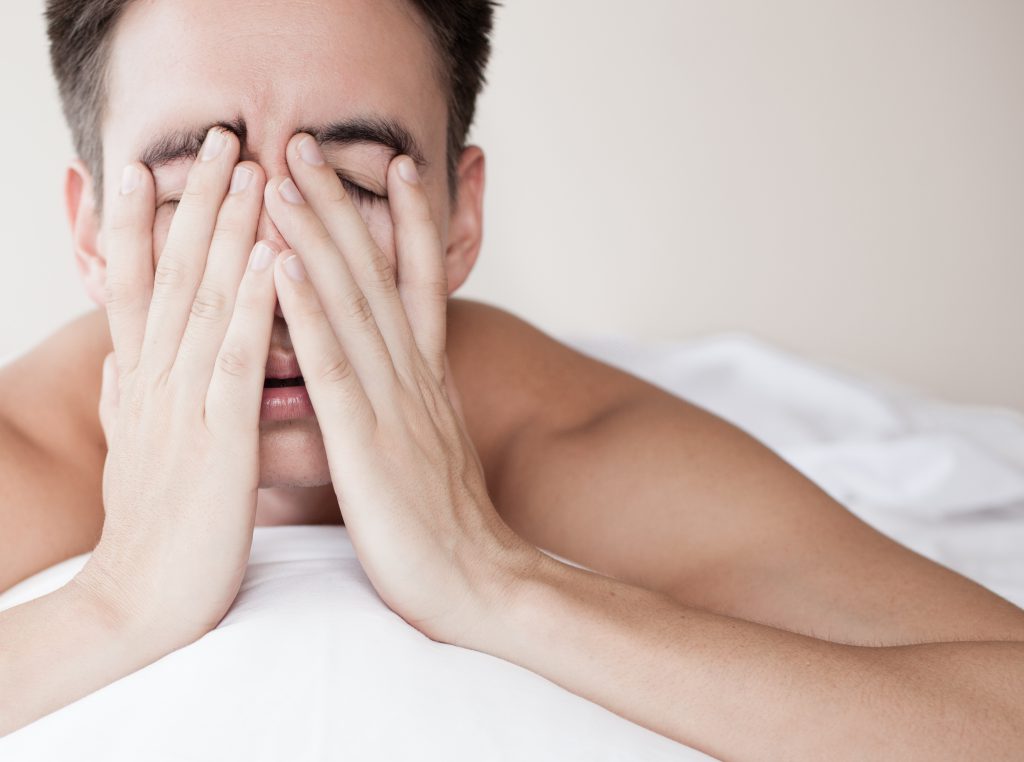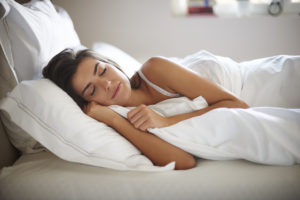The most common sleep disorders explained.
If you’ve been having trouble sleeping for more than a few months or you find you’re always tired or sleepy during the day, you may have a sleep disorder. In this case, it is important that you see your GP to organise a medical assessment of your sleep issues. Here is some information about the four most common sleep disorders to help you understand what causes them and how they are treated.
1. Insomnia
What is insomnia?
Insomnia refers to problems getting to sleep, staying asleep or waking up too early. It can also refer an experience of poor-quality sleep, causing daytime fatigue or sleepiness. In clinical practice, health professionals make the distinction between acute insomnia, which is short term and relatively common (affecting up to 50% of the population), and chronic insomnia which persists for more than three months and causes a significant degree of distress (affecting 10-15% of the population).
For more information on insomnia go to our page What is insomnia?
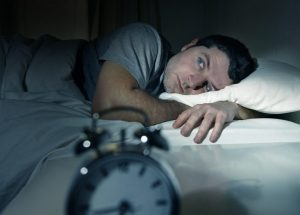
What causes insomnia?
There are many different causes of insomnia, and often people will describe a combination of these factors that contributed to the onset of sleep problems.
Some of these include:
- Medical conditions including illnesses, pain conditions, certain medications.
- Psychological conditions, including Depression, Anxiety, Trauma, etc
- Life stressors or major life changes, including changing jobs, moving house, a relationship breakdown, having children, death or a loved one, financial stress, work or study stress
- Lifestyle factors (stress, too much caffeine, irregular sleep patterns)
- Sleep anxiety (worry about not sleeping)
- Hyperarousal (overactive mind, physical tension)
For more information on causes of insomnia see our page: What causes insomnia?
How is insomnia treated?
The most effective long-term treatment for insomnia is cognitive behavioural therapy for insomnia (CBTi) or a newer development of CBTi which includes comprehensive mindfulness training, called Mindfulness-based therapy for insomnia (MBTI) (Link to another article on this). Medication may be useful for a few weeks, however there are tolerance and dependency issues and medication rarely resolves the underlying causes or the insomnia. CBTi and MBTI are the recommended treatments for insomnia, which is the treatment approach in the A Mindful Way to Healthy Sleep online program.
For more information on treatments for insomnia go to our page: What is the best treatment for insomnia?
2. Obstructive Sleep Apnoea (OSA)
What is OSA?
Obstructive Sleep Apnoea (OSA) occurs during sleep when the airways become temporarily obstructed by the tongue or the walls of the throat. This obstruction can occur many times in the night and will briefly wake up the sleeper to take a breath and open the airways again. Most people with OSA snore and may have no memory of waking up during the night due to the OSA. If you are very sleepy during the day or don’t feel refreshed after sleep, it would be worth talking to your doctor about an assessment for OSA.
OSA is one of the most common medical disorders in the population and affects between 10%-25% of the population, with higher rates in men and in older people.
Another less common type of sleep apnoea is central sleep apnoea (CSA), which occurs when the airways are open, but the brain has not sent a signal to the diaphragm to breathe.
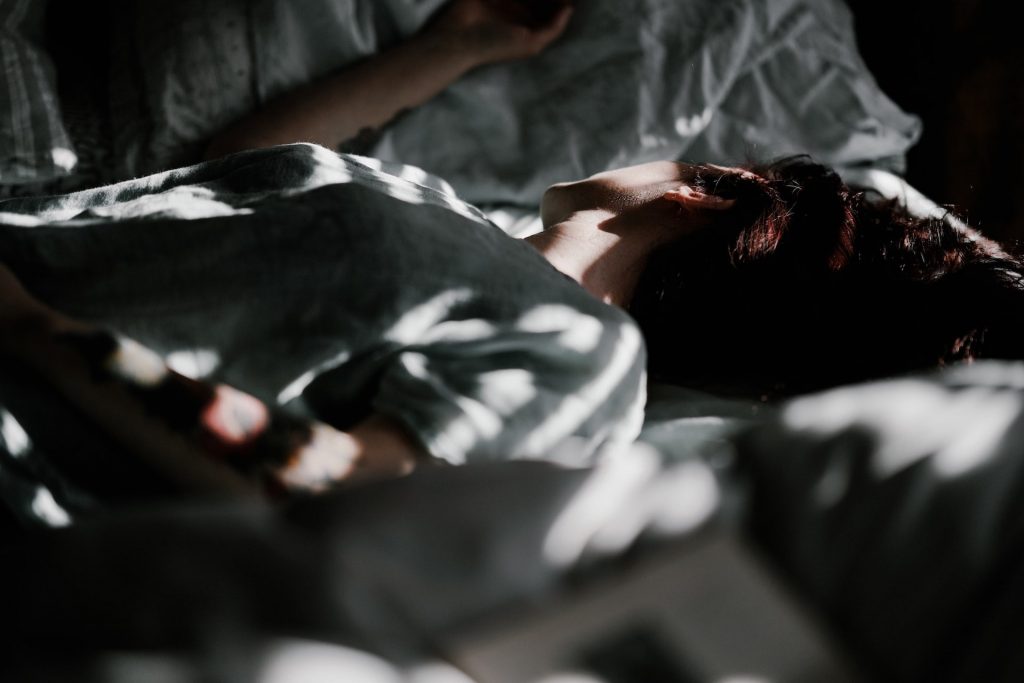
What causes OSA?
Sleep apnoea is caused by airways become too narrow while sleeping which can interfere with breathing. There are several factors that can contribute to developing OSA which include:
- Genetics (a family history of sleep apnoea)
- The anatomy of the mouth, throat and neck, which can be affected by having a small jaw or a large neck, being overweight, or having large tonsils or adenoids.
- While apnoea can occur at any age, it is more common in older age.
- Smoking and drinking alcohol
- Sleeping on the back
How is OSA treated?
Sleep doctors will often recommend an overnight sleep study to assess the level of OSA occurring during the night. Treatments for OSA can include losing weight if being overweight is a cause, reducing alcohol, using a dental device to correct the position of the lower jaw to allow more room for the tongue, and/or continuous positive airway pressure (CPAP) therapy, which is a device worn over the nose and mouth while sleeping, that acts to open the airways with a gentle air pressure.
Mindfulness training also may be helpful to assist with adjusting to wearing the CPAP mask throughout the night and also to help reduce and manage the overall stress and emotional toll associated with this condition.
3. Restless Legs Syndrome (RLS)
What is RLS?
Restless legs syndrome, also called Willis-Ekbom disease (WED), refers to an experience of ‘restlessness’ or discomfort in the limbs, most often in the legs, that is relieved when the limbs are moved. The unpleasant feeling in the legs and the constant need to move generally occurs when sitting still, e.g., when working at a desk, or watching a TV or movie, and becomes worse in the evenings. Moving the legs relieves the discomfort but at night-time this can severely interfere with sleep, thereby causing sleepiness and irritability during the day. Around 1 in 6 people report having RLS on a regular basis.
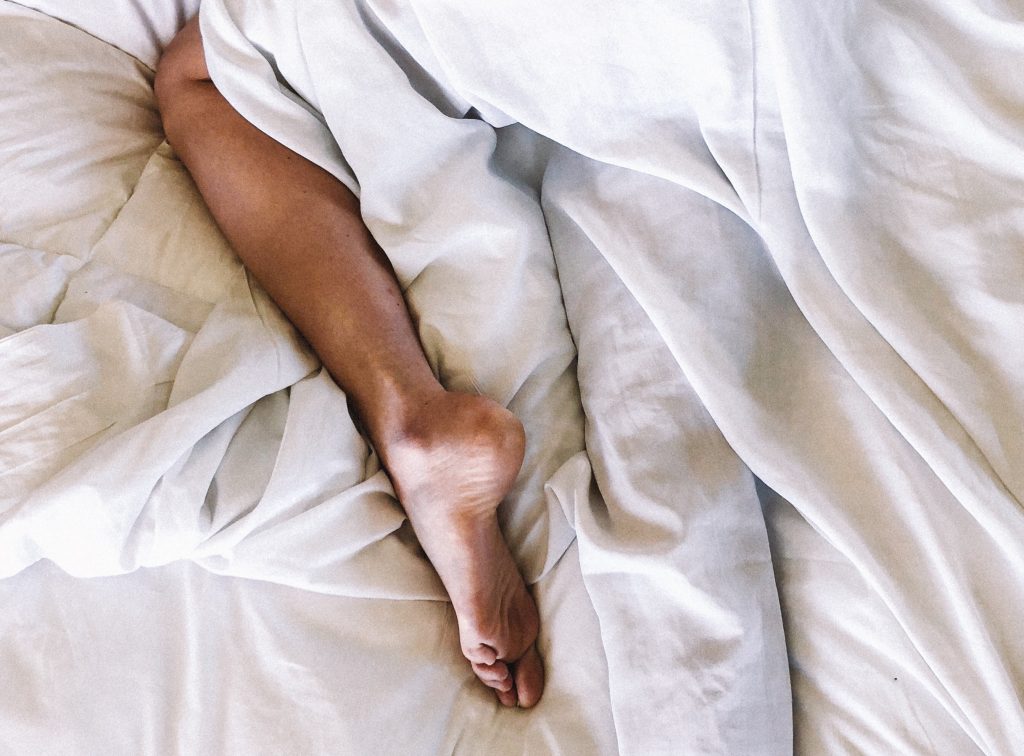
What causes RLS?
The causes of RLS are not clear, however research has identified specific genes related to RLS and it is known to run in families, thus there is a likely genetic component. There is also evidence that RLS is associated with a reduction in dopamine levels in a particular area of the brain, which helps to control muscle activity and movement. Chronic health conditions such as Parkinson’s Disease, diabetes, rheumatoid arthritis, and aneamia (low iron) have also been associated with RLS. Pregnant women will often describe having RLS at some point during their pregnancy.
How is RLS treated?
Treatment involves lifestyle changes, such as reducing caffeine, alcohol, smoking, increasing exercise, regular massage and stretching, improving diet and ensuring iron levels are adequate, and medication can be helpful for some people. Mindfulness training can also be useful to reduce stress and increase capacity to cope with and adjust to and manage the condition. A small study found that a people with RLS who completed a Mindfulness-based CBTI program (similar to the A Mindful Way to Healthy Sleep program) found the program highly beneficial (see: https://link.springer.com/article/10.1007/s12671-015-0457-9
4. Narcolepsy
What is narcolepsy?
Narcolepsy is a relatively rarely sleep disorder which affects about 3 in 10,000 people. It is a neurological condition that causes excessive daytime sleepiness and a strong urge to sleep occurring frequently during the day. Some people can have narcolepsy with cataplexy, which is a sudden muscle weakness lasting just a few minutes and may cause the person to fall down or drop the head or jaw, while remaining aware of the experience. Cataplexy can be trigged by strong emotions such as laughter or surprise. People with narcolepsy may also experience hallucinations at night-time or wake up and feel they are unable to move (sleep paralysis). While the biological mechanisms of narcolepsy are still not well understood, there appears to be a neurological problem with moving between wake and sleep states. Symptoms often begin in adolescence, however as diagnosis can be complicated, people are often not diagnosed until adulthood.
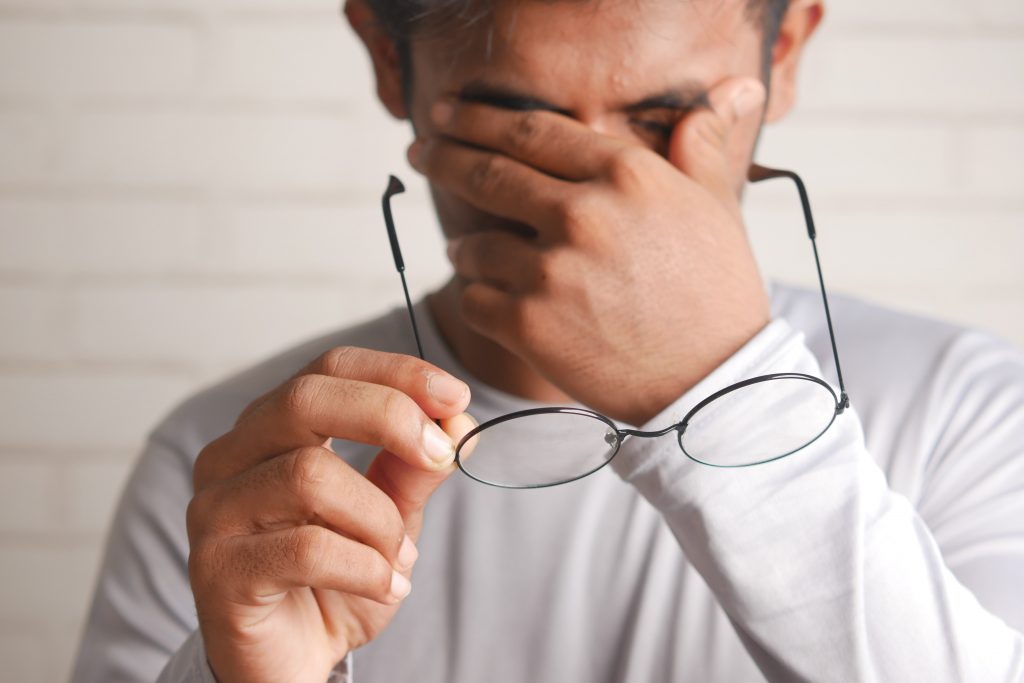
What causes narcolepsy?
The exact cause narcolepsy is not clear, however for many people narcolepsy may be caused by a reduction in the brain chemical called Hypocretin (orexin), which regulates wakefulness.
Possible triggers for narcolepsy may include hormonal changes, an infection, some medications, severe psychological stress.
How is Narcolepsy treated?
Medications can help control narcolepsy by increasing wakefulness and preventing hallucinations or cataplexy symptoms. Lifestyle changes can also be useful such as scheduling regular naps during the day, increasing exercise, reducing alcohol, and sleeping well at night-time with following the relevant CBTI components. Mindfulness training can also be useful to reduce stress and increase capacity to cope with and manage the condition.
For more information on Sleep disorders, see your GP and visit the Sleep Health Foundation website.
Like this article?
Grab a copy of our FREE eBook - A Short Guide to Better Sleep.
Looking for more information?
You can find more information about insomnia here. And you can learn more about the influence of thinking on sleep in the related articles When the mind won’t stop thinking, just sit back and watch and Are you stuck with insomnia, chronic fatigue or anxiety?

